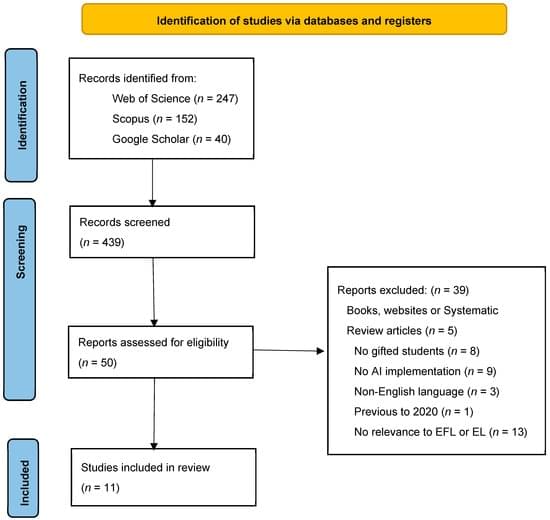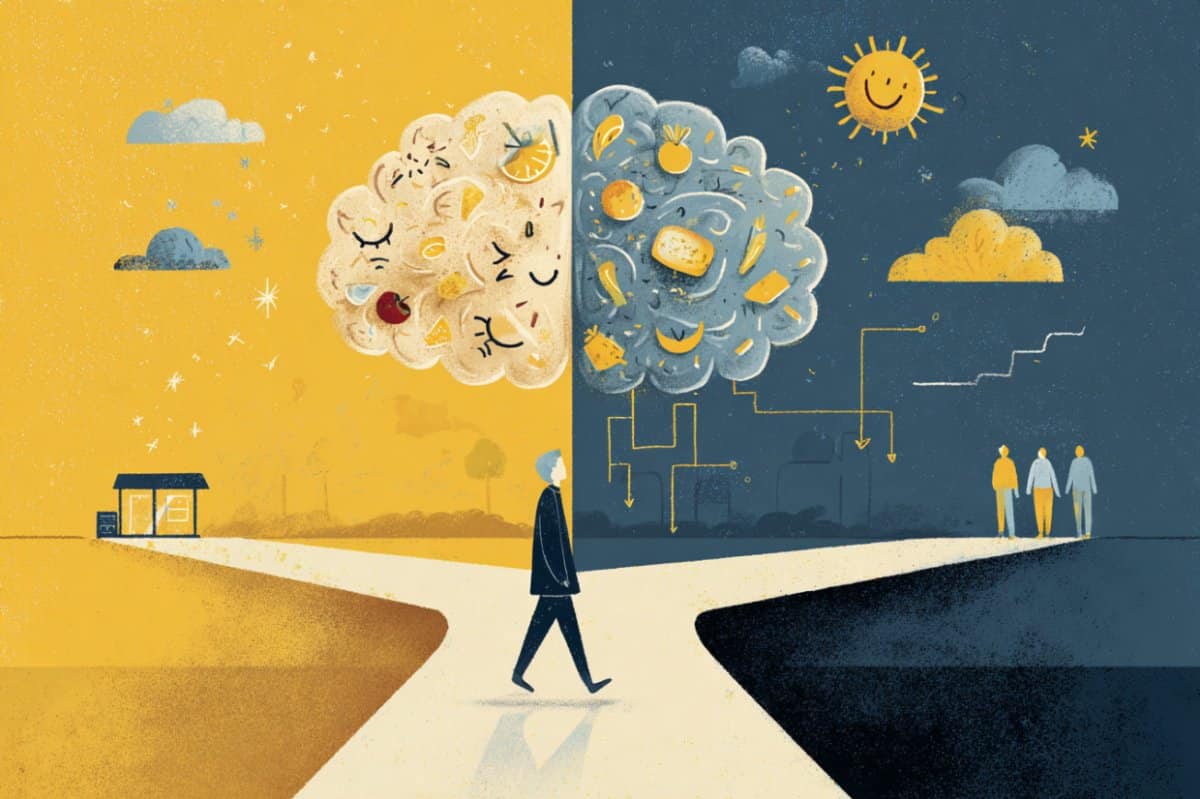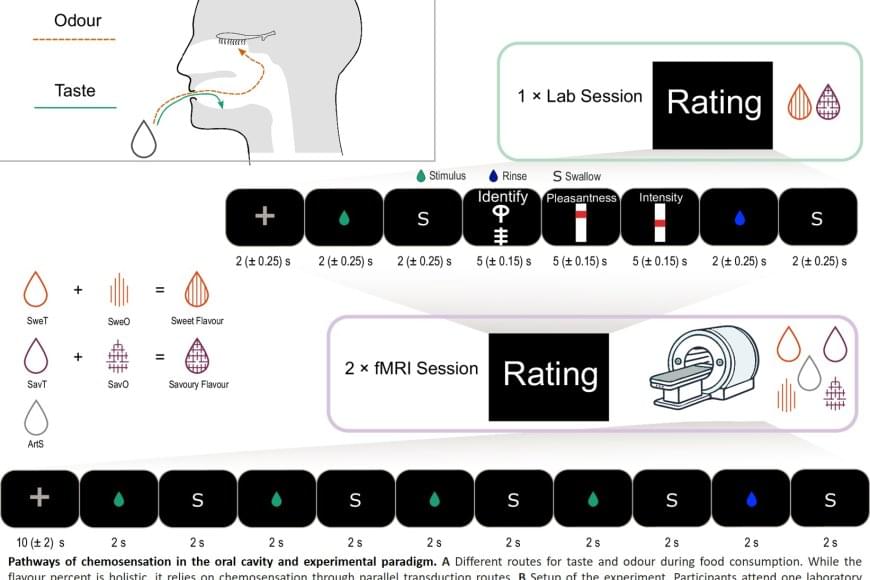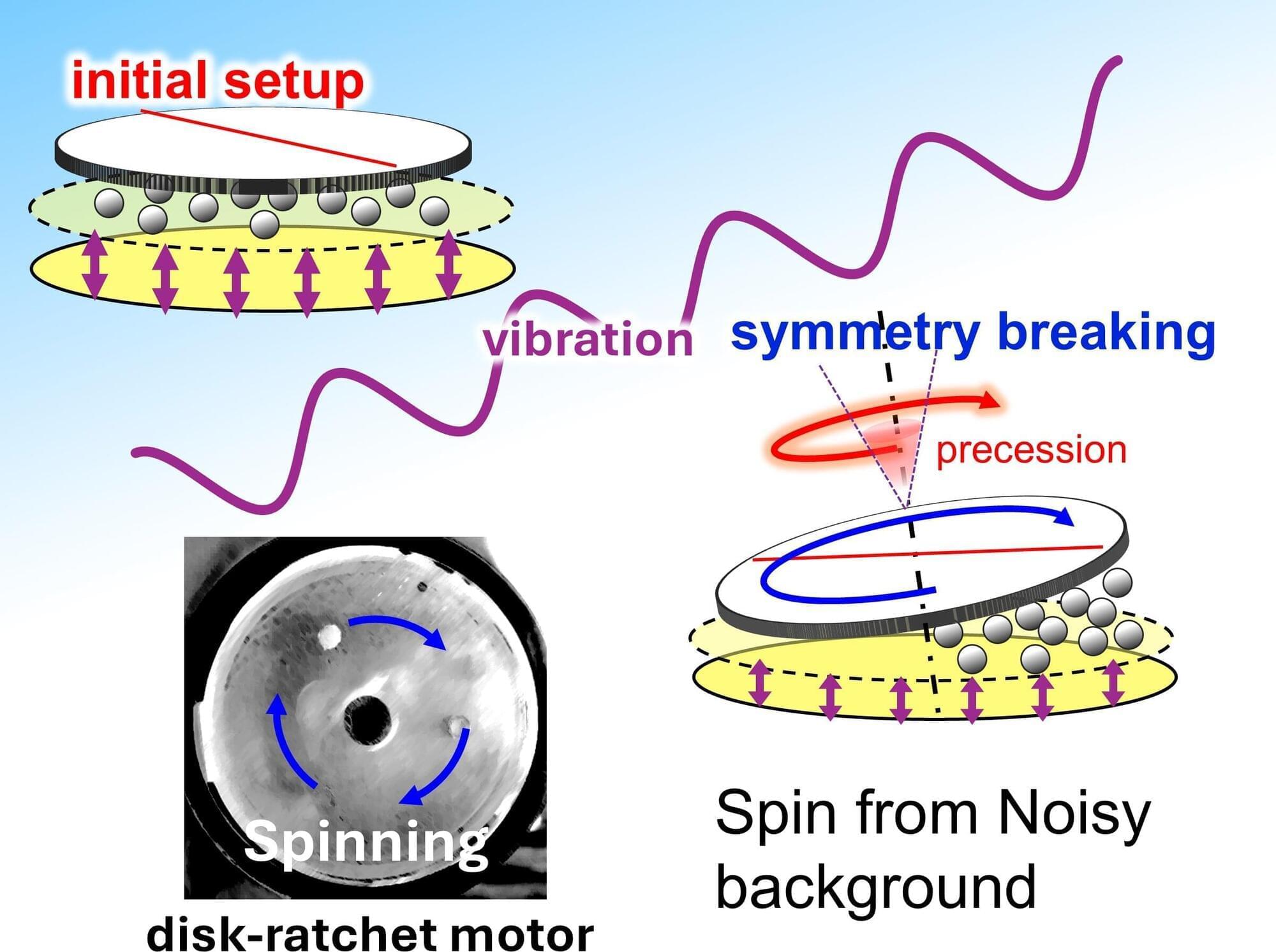This is one of the Royal Institute of Philosophy’s 15-minute Philosophy Briefings, a series in which eminent philosophers provide their own view of a key philosophical topic, in straightforward and accessible language.
Each one is designed to be a resource for anyone who wants to know more about these questions, whether you are covering them at A-level, teaching them at A-level, studying Philosophy at university, or are simply curious to know more.
David Chalmers, Professor of Philosophy and Neural Science at New York University and co-director of NYU’s Center for Mind, Brain, and Consciousness, looks at whether there exist philosophical zombies.






